
News -
How To Choose A Gynecomastia Surgery Doctor In Singapore
It's common to feel lost. When facing gynecomastia, many men aren't sure where to turn for trustworthy help. Many gynecomastia sufferers spend years gathering information online or from friends, unsure where to find a gyno doctor who truly understands.
At Amaris B. Clinic, we get it. With decades of dedicated research and treatment, we know that this condition is a genuine medical issue that extends beyond its visual impact. We see the physical discomfort and emotional distress it causes daily.
Here's a list of criteria to help you select the best gyno doctor for your unique condition.
What to Look for in a Gynecomastia Doctor in Singapore
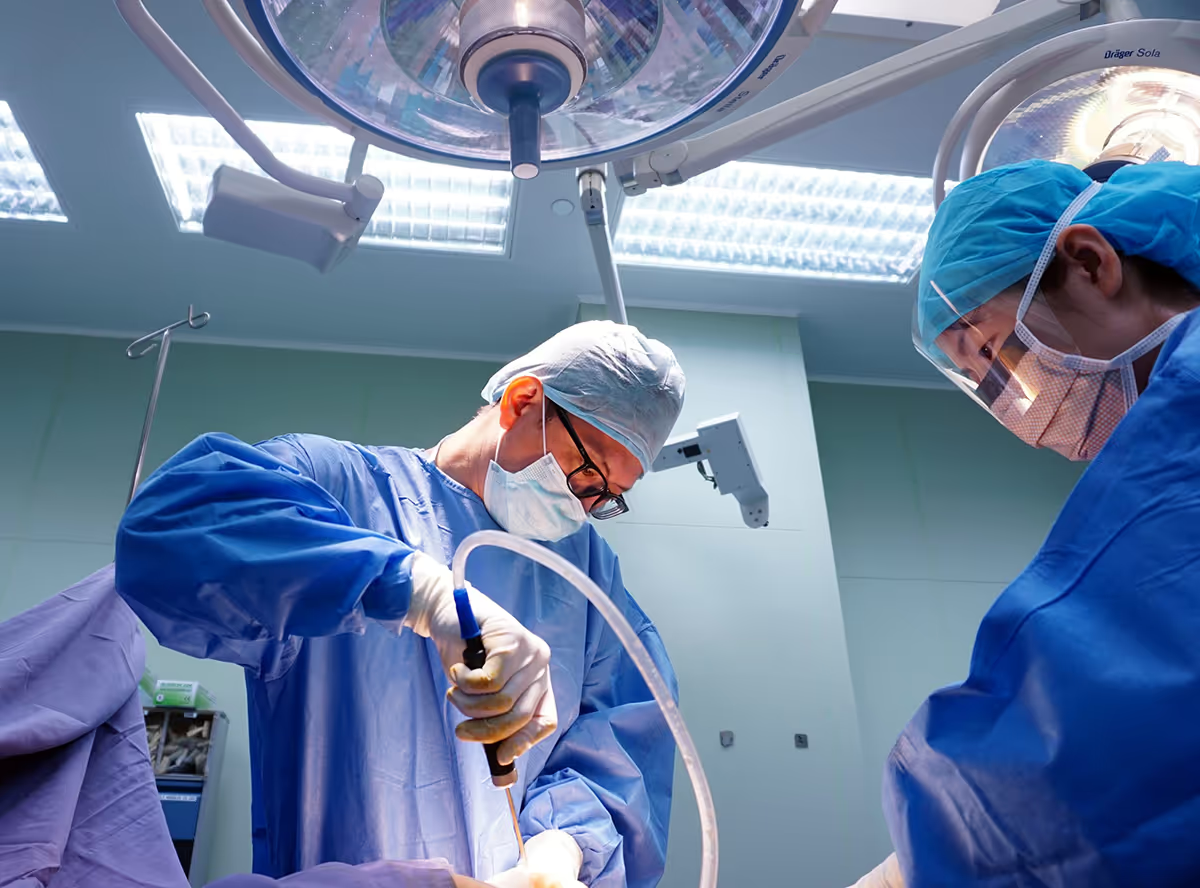
Choosing the right doctor is the first critical step. Choose a doctor who has received dedicated training in gynecomastia surgery and is MOH-lipo accredited. The doctor should follow a thorough process to ensure an accurate diagnosis and effective surgical plan.
1. A Comprehensive Consultation is Non-Negotiable
An experienced gynecomastia doctor will always begin with a detailed consultation, followed by a physical examination and diagnostic tests, as well as discussing your body goals.
They should be asking about:
- the duration of your condition
- any pre-existing conditions
- associated pain or discomfort
- physical changes
- current medication/supplement intake
- relevant lifestyle habits
2. An Eye for Accurate Diagnosis and Thorough Physical Examination
Expertise is shown in the details. The doctor should be able to identify different presentations, such as unilateral (one-sided) asymmetry or bilateral enlargement. A key diagnostic step is the pinch test, which checks for firm, fibrous glandular tissue, as well as the presence of excess fat tissue and assesses skin laxity.
3. Clear, Honest Communication About Candidacy
A trustworthy doctor will clearly explain who is a suitable candidate for surgery. This typically includes men whose condition has persisted for over 12 months, has not resolved on its own, and causes physical or emotional distress.
4. The doctor must have a high success rate in treating all grades of gynecomastia
A crucial criterion is the doctor's proven ability to effectively treat all grades of gynecomastia. The condition varies significantly, from minor tissue buildup to severe enlargement with excess skin.
Surgical complexity is highly dependent on the size of the gland, the amount of fat, and the degree of skin laxity. A reliable way to gauge a doctor's skill and success rate is by reviewing their portfolio of before-and-after photos. This visual evidence demonstrates their experience with the different grades.
A highly experienced gyno doctor should be able to confidently show you examples of their work across various patients with different gynecomastia conditions.
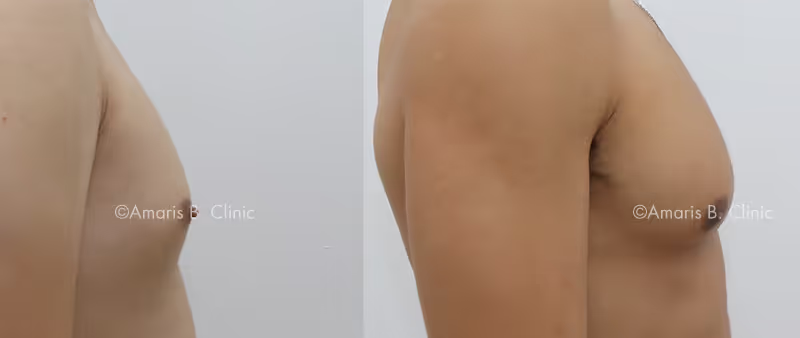
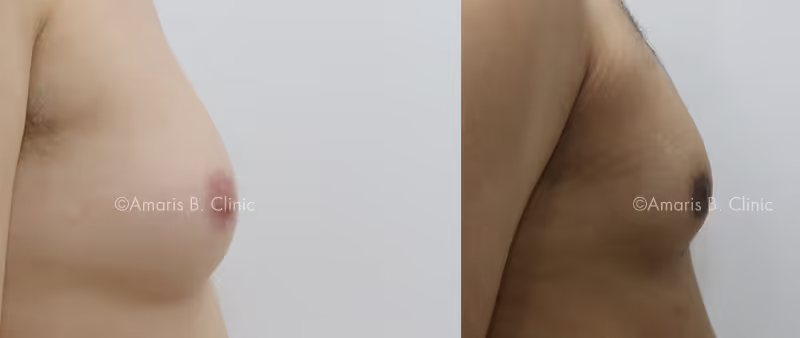
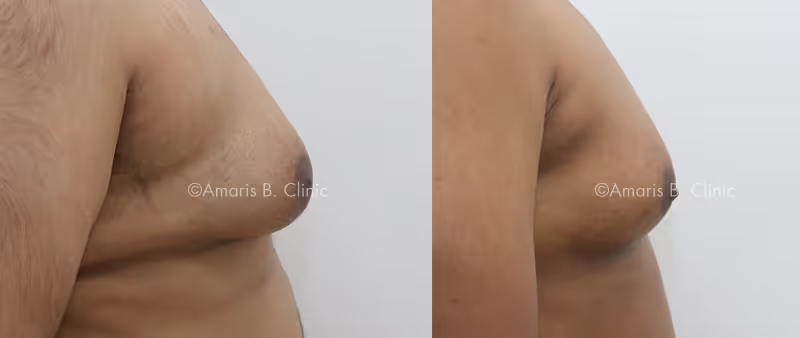
5. Seek a gynecomastia surgery doctor who is also experienced in treating complex cases
When choosing a doctor for gynecomastia surgery, look for a gyno doctor who dedicates a significant portion of their practice to treating male breast enlargement.
This experience must also extend to complex cases, including the revision of botched surgeries performed at other clinics. A proven track record here demonstrates advanced skill and a deep understanding of chest contouring.
6. The doctor should approach each gyno case uniquely with optimal patient result and safety in mind
An expert gynecomastia doctor understands that each case is unique. The goal is not just removal, but artistic sculpting to create a natural, masculine chest contour. This requires a doctor who is proficient in advanced surgical techniques and prioritises both patient safety and aesthetics.
Such a gyno doc often employs specialised methods designed to optimise the patient's results. For instance, Dr Ivan Puah developed his proprietary glandular dissection and excision technique called the 360°GTD® approach. This technique allows for careful removal of glandular tissue through a minimal incision (typically under 4mm). This method aims to reduce scarring, minimise surgical risks such as hematoma, and eliminate the need for post-surgery drains, which are often used in traditional gynecomastia surgical methods.
Complementing this, Dr Puah's advanced fat-removal approach, such as the MDC-Sculpt® Lipo technique, is used to permanently remove excess fat from the chest tissues. The combination of these skills ensures that the chest is flattened and sculpted for a defined, natural-looking result.
7. The Importance of Doc-Patient Communication and a Strong Medical Support Team
A successful gynecomastia experience extends beyond the operating room. The ideal doctor is not only skilled but also a good communicator who explains your condition and the procedure with clarity and confidence.
Equally important to a smooth gyno surgery journey is an experienced and compassionate medical support team that supports you from the initial consultation to post-op care.
Consider:
- Is the team knowledgeable?
- Do they have good bedside manners?
- Do they provide clear, timely responses that put you at ease?
8. An Artistic Eye for Natural Contours
Beyond surgical skill, an exceptional gynecomastia doctor must possess a keen aesthetic sense. This artistic skill is what transforms the procedure from simple tissue removal into chest sculpting, ensuring results that are masculine, natural, and proportionate to your body frame.
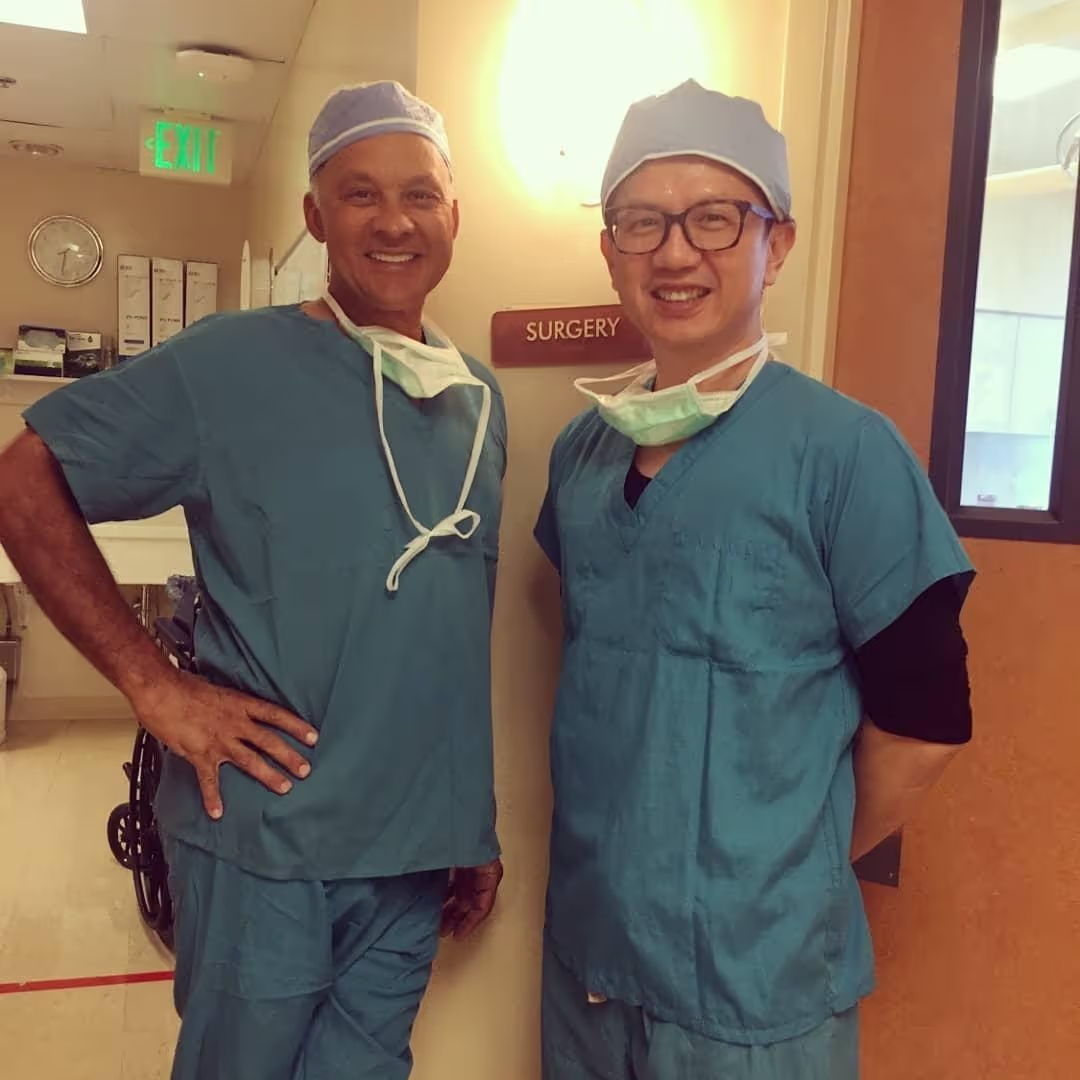
“Gynecomastia surgery is not a simple tissue removal procedure. It is a blend of 70% Art and 30% Science. The best practitioner needs to have an intimate knowledge of male anatomy paired with an artist's eye to envision and create a defined chest contour.”